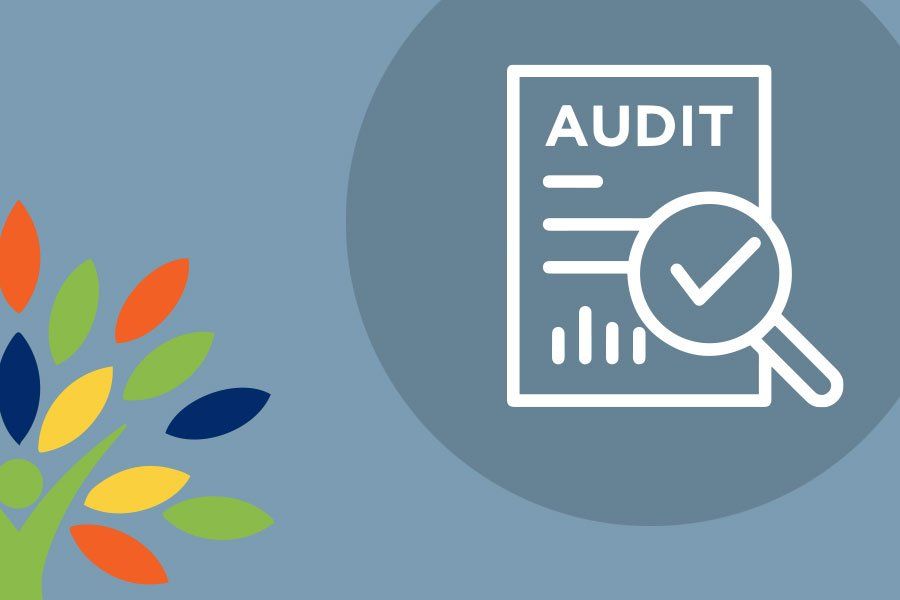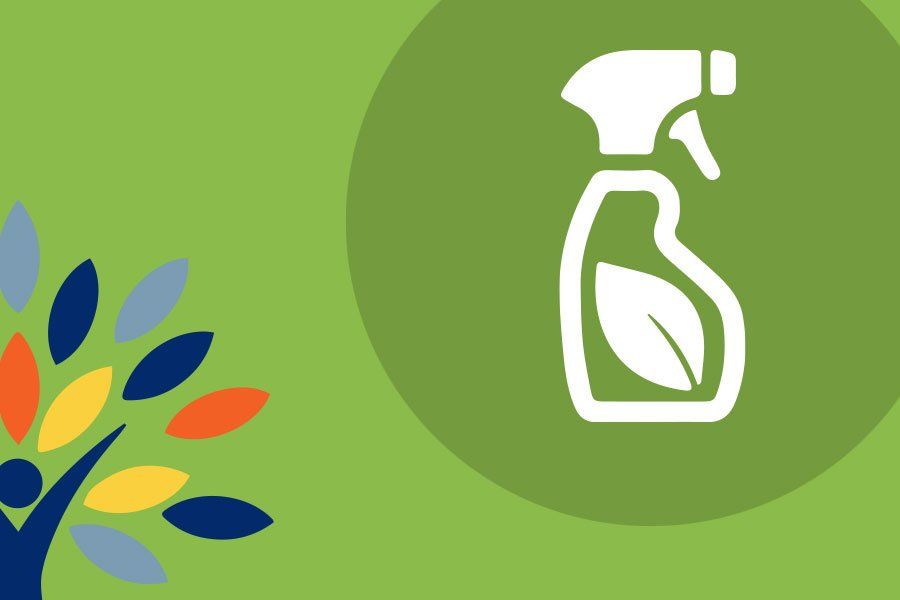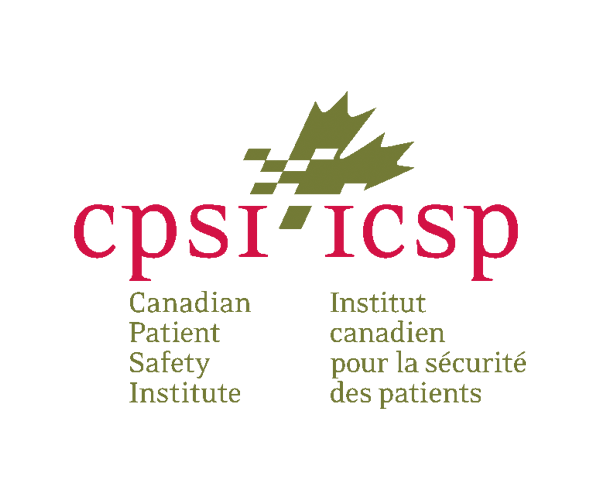In addition to the tools, parts, and equipment required for the job, take the following on your trips:
• Supplied cleaners or disinfectants
• Disposable gloves, gowns, booties, and hair coverings for use in care, cleaning, and disinfection
• Disposable garbage bags
• Face masks
• Hand sanitizer with at least 70% alcohol
• Tissues
Keep your distance:
• Minimize the number of passengers with the driver to one passenger in a standard-sized vehicle, including a king cab pickup truck, and two passengers in a van with two benches.
• Maximize the distance between the individuals inside the vehicle.
• The passenger in a four-door or standard-sized vehicle should sit in the back seat opposite the driver.
• Avoid using the recirculated air option for the car’s ventilation. Use the car vents to bring in fresh outside air.
•If possible, drive with the windows open to maximize the airflow.
• Avoid unnecessary contact with frequently touched surfaces such as door frame/handles, windows, seatbelt buckles, steering wheel, gearshift, signaling levers, and other vehicle parts before cleaning and disinfection.
• All personnel should handle their own personal bags and belongings during loading and unloading.
• Cohort teams for sharing rides and limit intermixing for team travel.
• Use PPE as required for the situation, whether it be contact, droplet, or airborne precautions.
Vehicle cleaning and disinfecting
Clean and disinfect commonly touched surfaces of the vehicle at the beginning and end of each trip and between transporting passengers.
Equipment, such as handheld computers, scanners, toolboxes, and cart/dolly handles used to haul equipment should also be sanitized. Ensure that cleaning and disinfection procedures are followed consistently and correctly, including the provision of adequate ventilation when chemicals are in use.
Doors and windows should remain open when cleaning the vehicle. When cleaning and disinfecting, individuals should wear disposable gloves compatible with the products being used as well as any other personal protective equipment (PPE) required according to the product manufacturer’s instructions.
For hard, nonporous surfaces within the interior of the vehicle such as hard seats, armrests, door handles, seat belt buckles, light, and air controls, doors and windows, and grab handles, clean with detergent or soap and water if the surfaces are visibly dirty prior to disinfectant application.
For frequently touched electronic surfaces, such as tablets or touch screens used in the vehicle, remove visible dirt, then disinfect following the manufacturer’s instructions for all cleaning and disinfection products. If no manufacturer guidance is available, consider the use of alcohol-based wipes or sprays containing at least 70% alcohol to disinfect.
Gloves and any other disposable PPE used for cleaning and disinfecting the vehicle should be removed and disposed of after cleaning; after removal of gloves and PPE, wash immediately with soap and water for at least 20 seconds, or use an alcohol-based hand sanitizer with at least 70% alcohol or soap and water. Have a small trash bag to dispose of soiled gloves, towels, and wipes; be sure to dispose of trash at the end of each shift.
Once a vehicle has been cleaned and disinfected, avoid cross-contamination from the outside. This is especially important when refueling. A driver should also wipe down the fuel card, especially if it is a shared card.
















